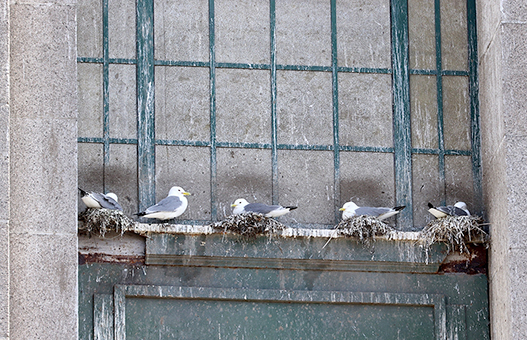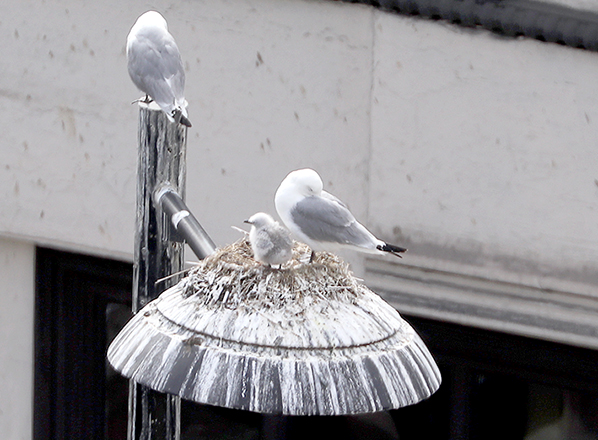Bessie Surtees House
As traffic flows along the Quayside of Newcastle upon Tyne; before it reaches the underside of the Twin Towers of the Tyne Bridge, visitors and residents can experience some of the more vintage buildings. One of these buildings is Bessie Surtees House, which dates back to the Jacobean era.

This was the period in English and Scottish history that coincided with the reign of James VI of Scotland who also inherited the crown of England in 1603 as James I. Few such buildings remain, and it is certainly a treasure, that should be protected and celebrated. The Tyne Kittiwakes have fallen in love with this building and have adopted it to host a colony.
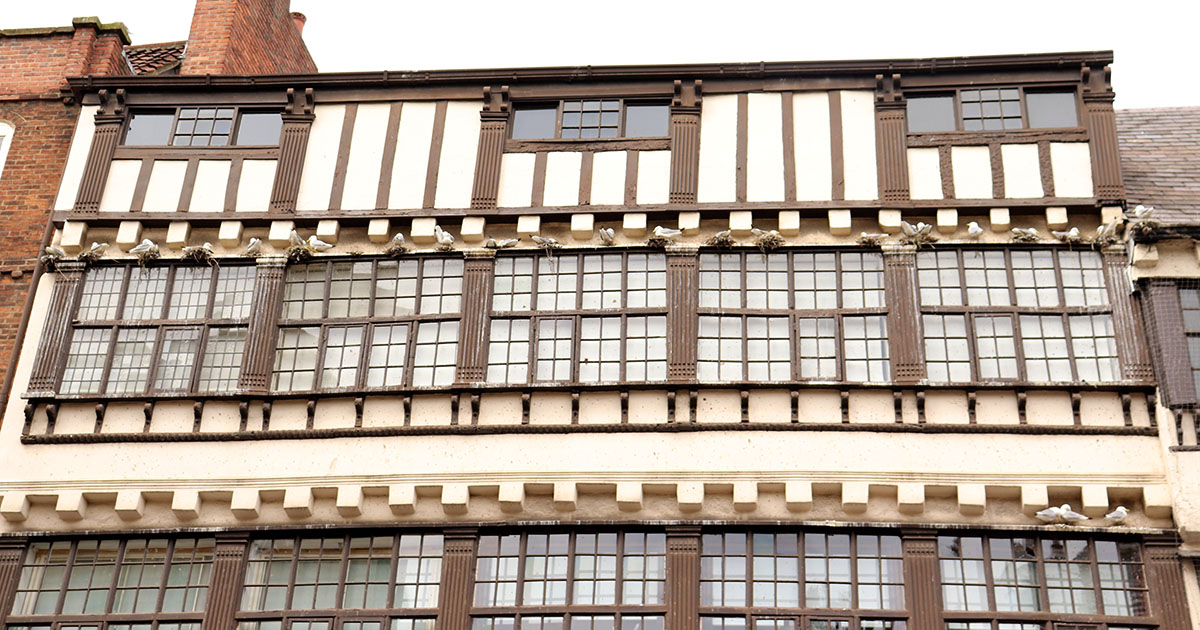
This is one of those occasions where there maybe a need to deter nesting birds, and currently this is a red-flagged building for the Kittiwakes, where the owners do not welcome them to nest.
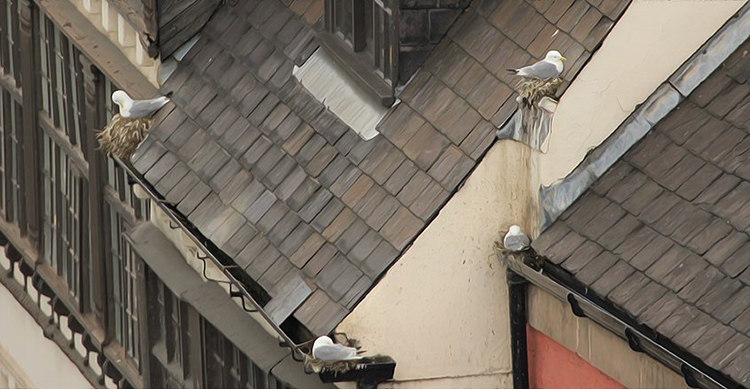
.
Sadly, at least three Tyne Kittiwakes have lost their lives as they became injured/trapped as a result of the anti-bird spikes which have been installed in the guttering on the building next door, to the right during the 2022-23 breeding seasons.
“A solution is needed, but ARE spikes the answer if they kill/injure birds and don’t deter nesting?”
Secondly there is no evidence that anyone is checking on the neighbouring building to see if the anti-bird deterrents have injured or trapped any birds. A rescue attempt was made using resources such as the fire service, RSPCA and volunteers from Kittiwakes upon the Tyne during Easter 2022, however the Kittiwake was so badly injured it didn’t make it.
“Who pays the cost for these rescues? Should it be the owners of
the buildings that install such deterrents”?
The owners of the buildings have a responsibility to maintain and check on any anti-bird deterrents installed. Kittiwakes upon the Tyne is also campaigning for the removal of any anti-bird netting and spikes where they have been proven to be dangerous to the Kittiwakes. As, without action, what often happens is these events will happen again and more birds will lose their struggle when they encounter such anti-bird deterrents.
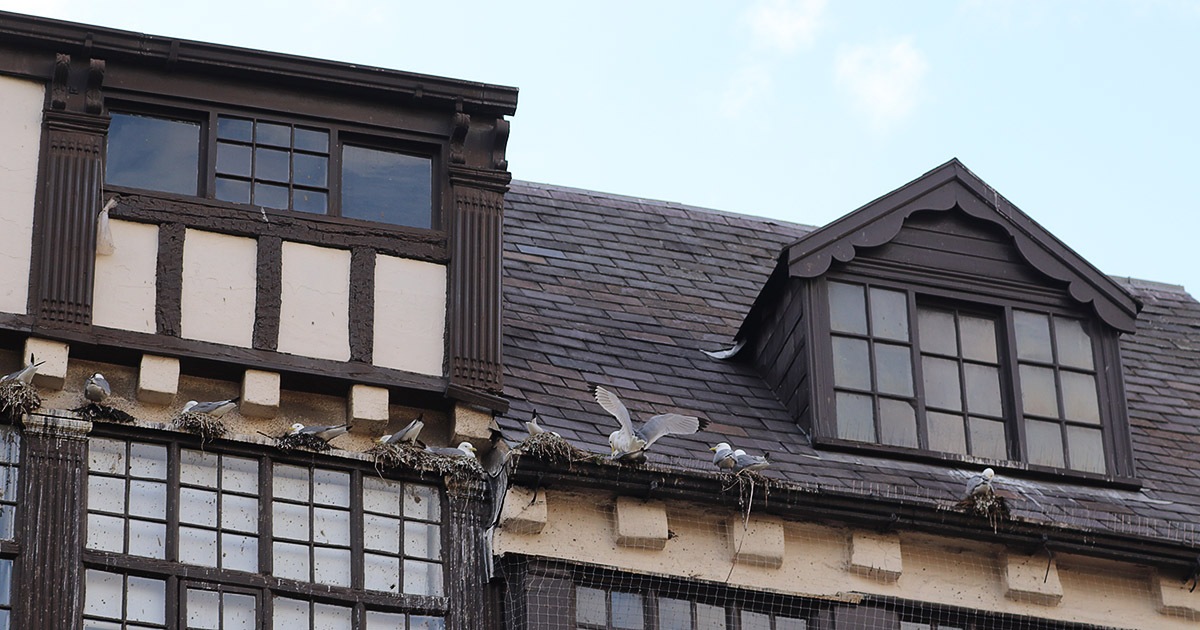
“ Perhaps a more organised approach is needed when a building is not a good fit for Kittiwakes to nest on”.
For instance there are some anti-bird gels that have worked in the past for some nearby buildings.
However once a Kittiwake colony reaches a certain size, when considering their red-listed status, options to conserve the colony and allow the Kittiwakes to continue to nest could be recommended. Some buildings however, may simply be too old structurally to safely host a colony of seabirds.
2024 Season
Anti-bird spikes remained in the guttering on the building next door to Bessie Surtees House however prior to Kittiwakes returning for the 2024 season. Anti-bird gel was also installed on Bessie Surtees House itself in an attempt by the owners to deter Kittiwakes from nesting.
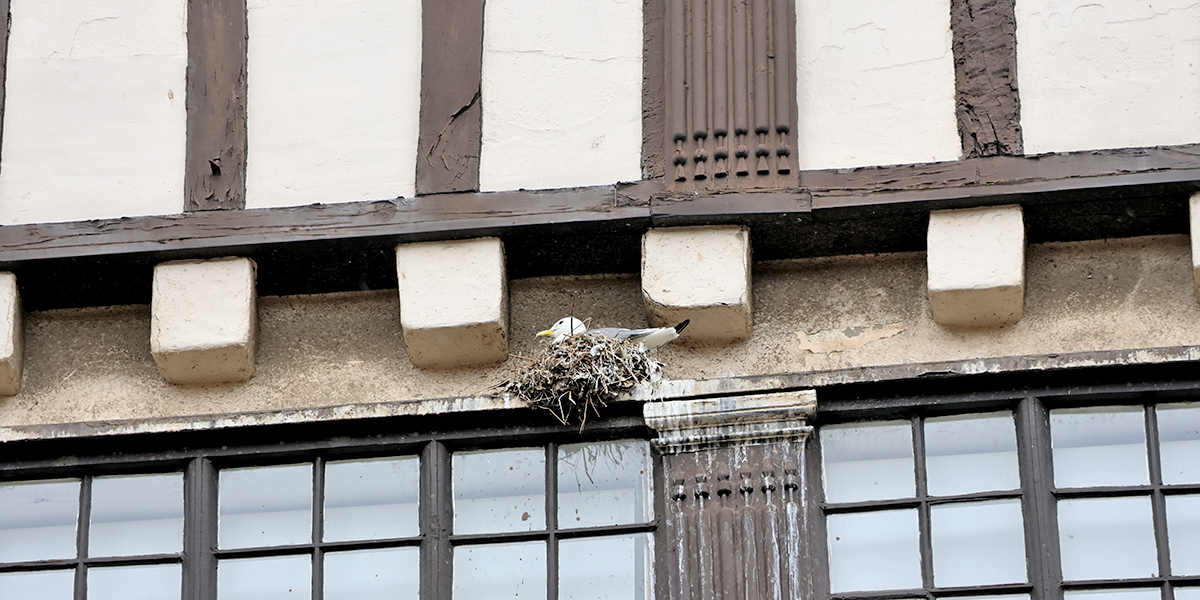
First pair nesting on Bessie Surtees on Newcastle Quayside during 2024
Only two pairs returned to build their nests however for the 2024 season; one of which was on Bessie Surtees House and the 2nd on top of the anti-bird spikes on the building next door. It is unclear however if the reduction in the Kittiwake colony size for Bessie Surtees was due to the introduction of the anti-bird gel or other factors such as avian flu. The Kittiwake breeding population was lower for the 2024 season with fewer pairs returning to build their nests.
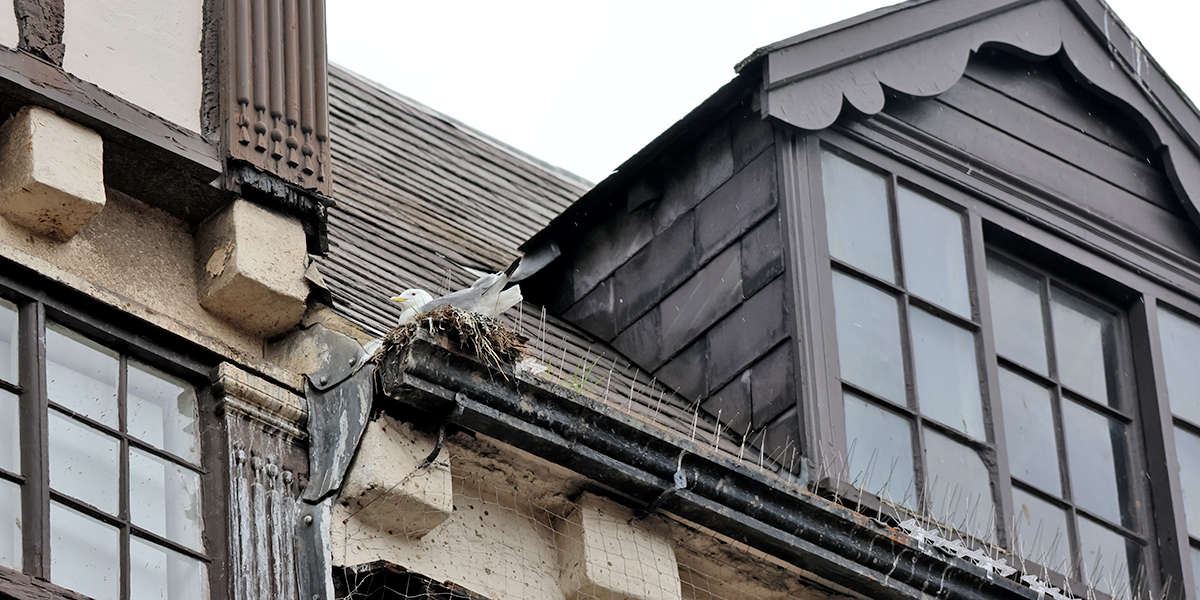
Second pair nesting on Newcastle Quayside during 2024 on the building to the right of Bessie Surtees House

